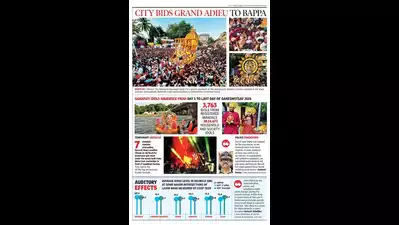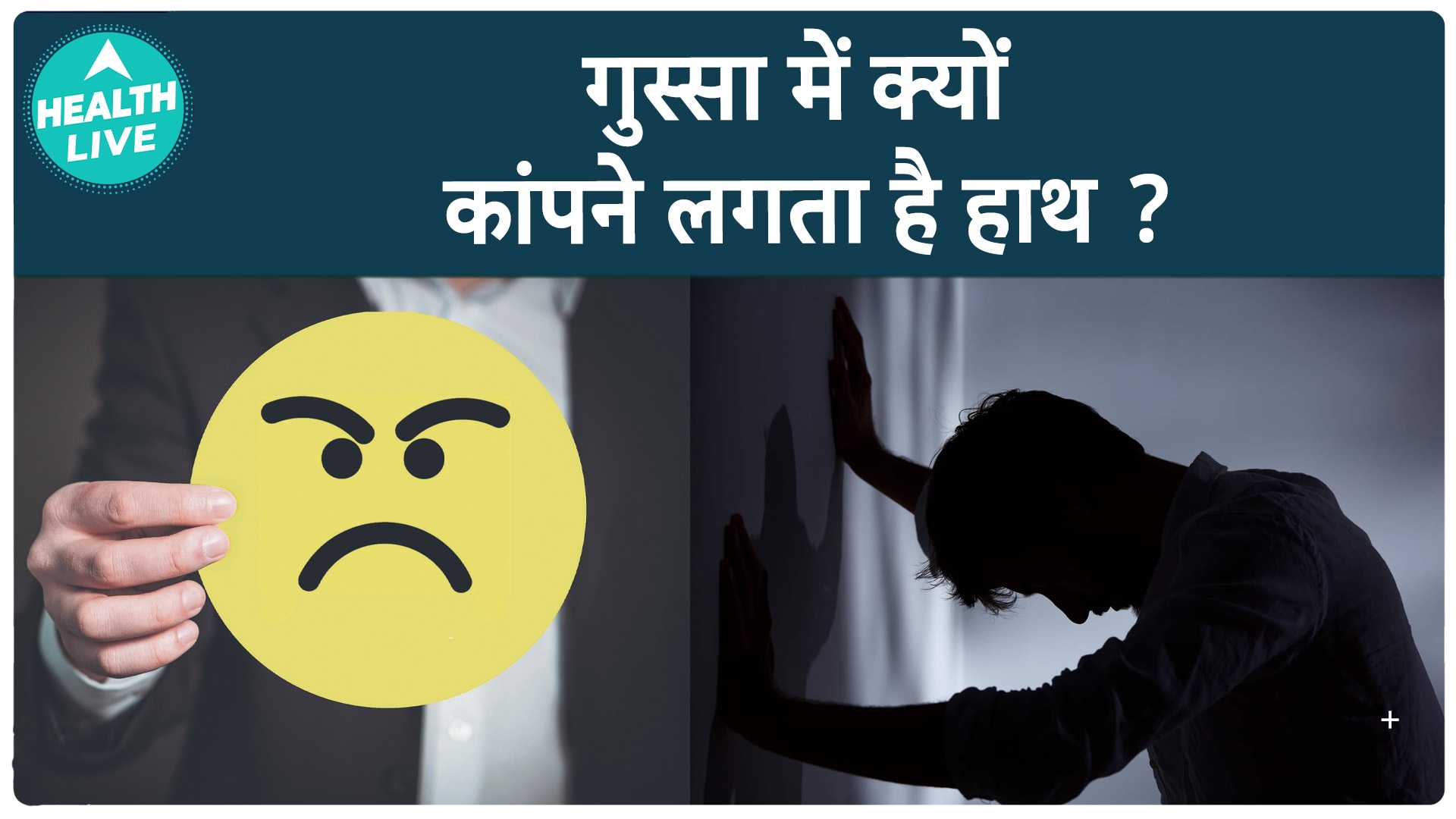Pune: It's as if the volume keeps competing with itself, getting louder each year, Swargate resident Shweta Awate sums up citizens' experiences during this year's Ganeshotsav . Maharashtra Pollution Control Board (MPCB)'s noise monitoring data during Ganesh festival showed that several locations in Pune and Pimpri Chinchwad had higher noise levels than last year. The noise limit for the festival was set at 80 decibels (dB).
But multiple areas surpassed the threshold, raising health concerns among experts. The data showed that on Day 1 (Sept 7) of the festival, nine out of 21 major monitored locations exceeded the 80-dB mark, with Satara Road recording a staggering 90 dB. This is significantly higher than the 79.

27 dB recorded at the same location in 2023. Notable increases were also observed at Shivajinagar — 80.7 dB this year as against 78.
75 dB in 2023, and Karve Road, 84 dB this year as against 79.39 dB last year. The trend continued, with locations such as Laxmi Road (84.
1 dB on Day 5) and Shaniwar Peth (83.4 dB on Day 2) recording higher noise than 2023. Yerawada saw a big jump — from 77.
79 dB in 2023 to 83.5 dB in 2024 — on Day 5 of the festival. Areas like Kothrud and Mahatma Phule Mandai, however, showed improvements, with noise levels decreasing compared to last year.
But the level was still beyond the 80dB threshold. Sinhagad Road resident Suryansh Mahadik said, "The noise was unbearable. We thought our eardrums would burst.
" Jagannath H Salunkhe, regional officer, MPCB, Pune, said, "These are average noise levels recorded over 24 hours on specific days. In most cases, noise levels were lower than last year, but some locations exceeded 2023's levels. Where noise levels were high, police played a crucial role in curtailing them, with help from Ganesh mandals.
" Doctors said prolonged exposure to sound levels above 80 dB, such as those experienced during Ganesh festival processions, can cause significant harm. "While a single loud sound, like a gunshot at 150 dB, can cause immediate damage, prolonged exposure of 80 dB or higher, for eight hours, can lead to different kinds of damage. In industrial settings, exposure to sound levels above 90 dB is regulated, and workers are advised to limit their time in such environments," said Ravindra Sardesai, an ENT surgeon attached to Jehangir Hospital.
"It's not just intensity, but also frequency of sound that matters. Low-frequency bass sounds, like those from DJs, create vibrations can even impact the heart. People, especially those standing near the speakers for long periods, can suffer from hearing loss.
I've had patients with sudden hearing loss after such events. The damage can be of a sensory neural type, leading to slow or sometimes no recovery." Even low noise levels of 74 dB can result in temporary hearing loss and regular exposure to noise levels above 85 dB can result in irreversible damage.
While 20 dB is a whisper and 60 dB is normal conversation, prolonged exposure to 80 dB can be physically painful. Levels during 2024's Ganeshotsav were also far above Central Pollution Control Board standards for residential areas, which should not exceed 55 dB during day and 45 dB at night. On Sept 17, Shivajinagar (Sakhar Sankul) registered 85.
6 dB, a decrease from 94.9 dB in 2023. Yet, this was still well above the 80 dB limit.
Similarly, Mahatma Phule Mandai remained a hotspot with 94.0 dB in 2024, barely lower than 2023's 94.2 dB.
All monitored locations in Pune and Pimpri Chinchwad, except for MG Road, University Circle and Bhosari Gaonthan, surpassed the 80 dB threshold on the last day of the festival this year. Shantinagar in Pimpri recorded 94.9 dB on the last day of the festival this year — a dip from 96.
9 dB in 2023. (Inputs from Anjali Jhangiani).


















